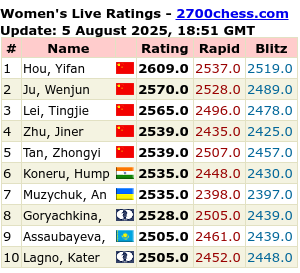I was looking at the Chess Cafe Books of the year nominations, and saw a new nomination, namely Tactics Time! 1001 Chess Tactics from the Games of Everyday Chess Players by Tim Brennan.
A quick search tells me that, probably, this is a book of tactics( er, technically, a Kindle ) taken from games of us amateurs, although its probably beefed-up/fleshed-out as well. [ I can't check it as I am not a kindle owner, so if anyone has it and can comment ? ]
This reminded me of what I started a couple of years ago, namely using Chess Assistant to find errors in my games and possible tactics.
So I did it again, and its quite fun ! I'd have to refine it, and spend some time looking at the results, but the initial run was interesting.
Here was an example of what I found,. Its a typical sort of blunder that us patzers make, and similarly the type of simple tactic that we should be spotting !
White has chased the Black Queen, and has played b5. Black has just re-captured with the c-pawn.
In the game, White replied with Rxb5. Is this a good move ? If not, what should he play ?
 |
| White to play |
Solution [ Rxb5 is losing ! There followed Qxb5, Nxb5, Rxc2 and White resigned. Better was Qb2 ]













